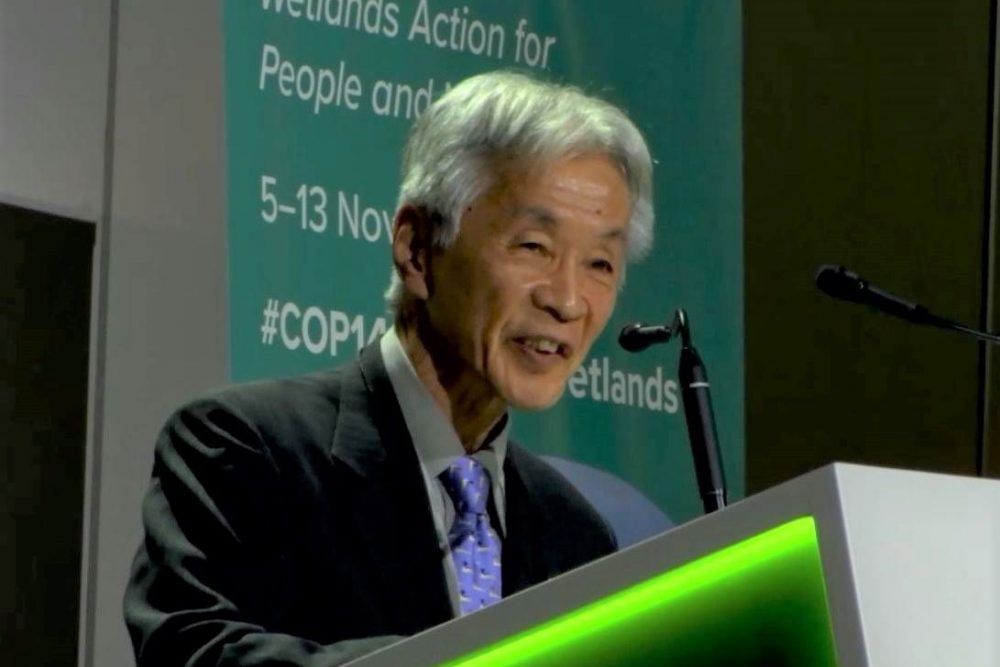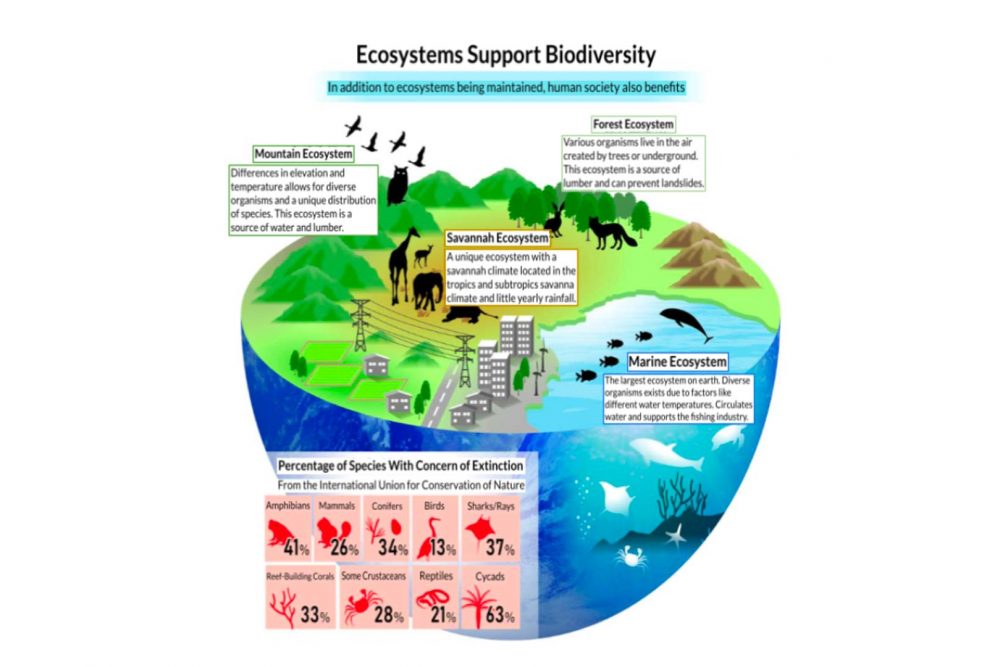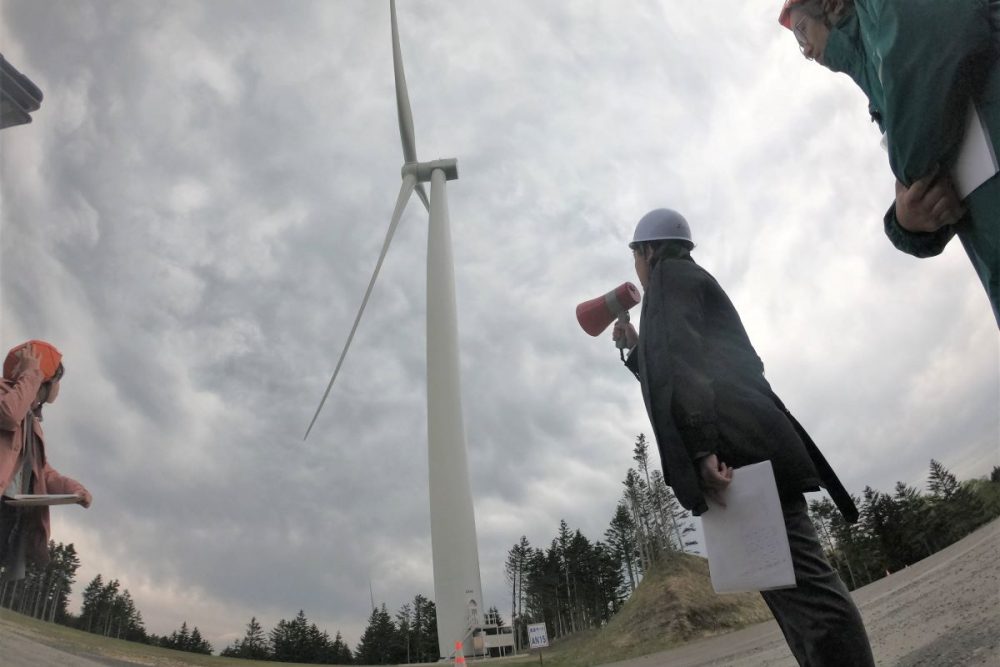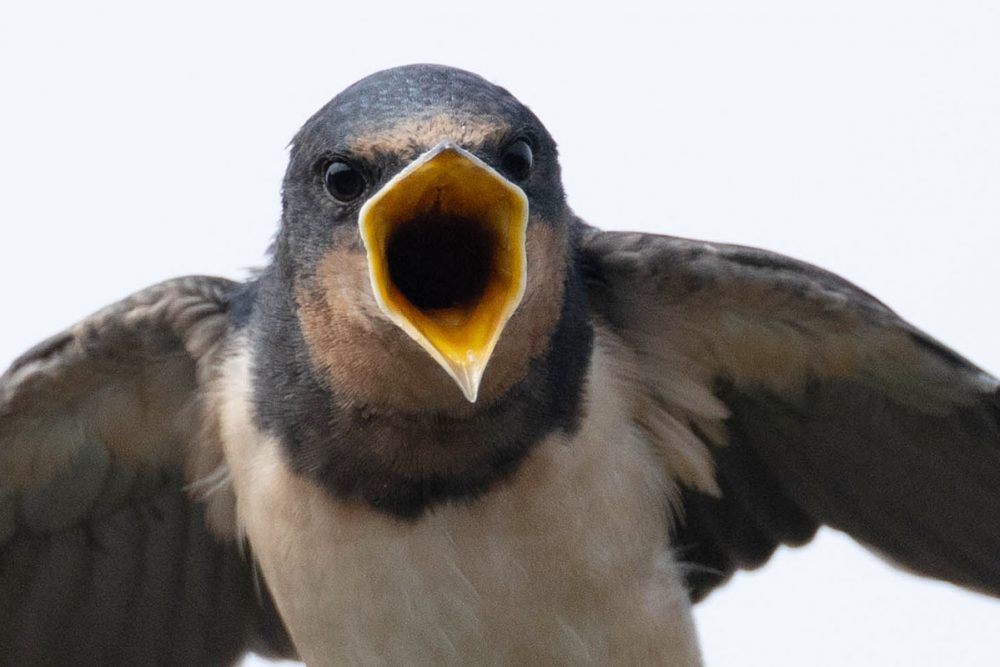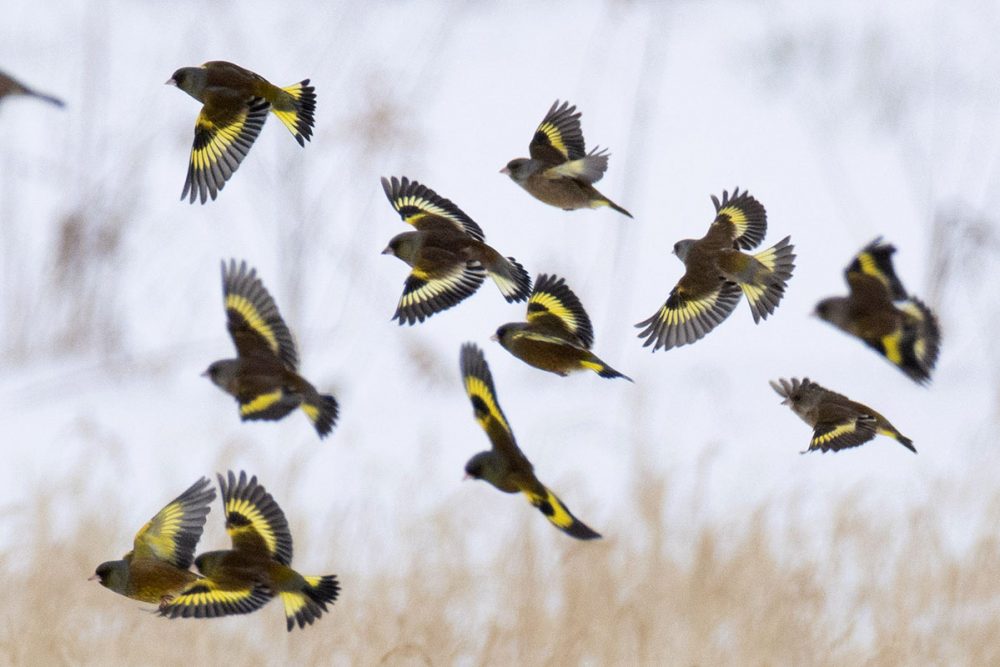Cryopreservation: Research Institute Adds More Endangered Species to 'Time Capsule'
To expand cryopreservation efforts for endangered species in Japan, a Tsukuba-based institute is raising funds for a new facility in Hokkaido.
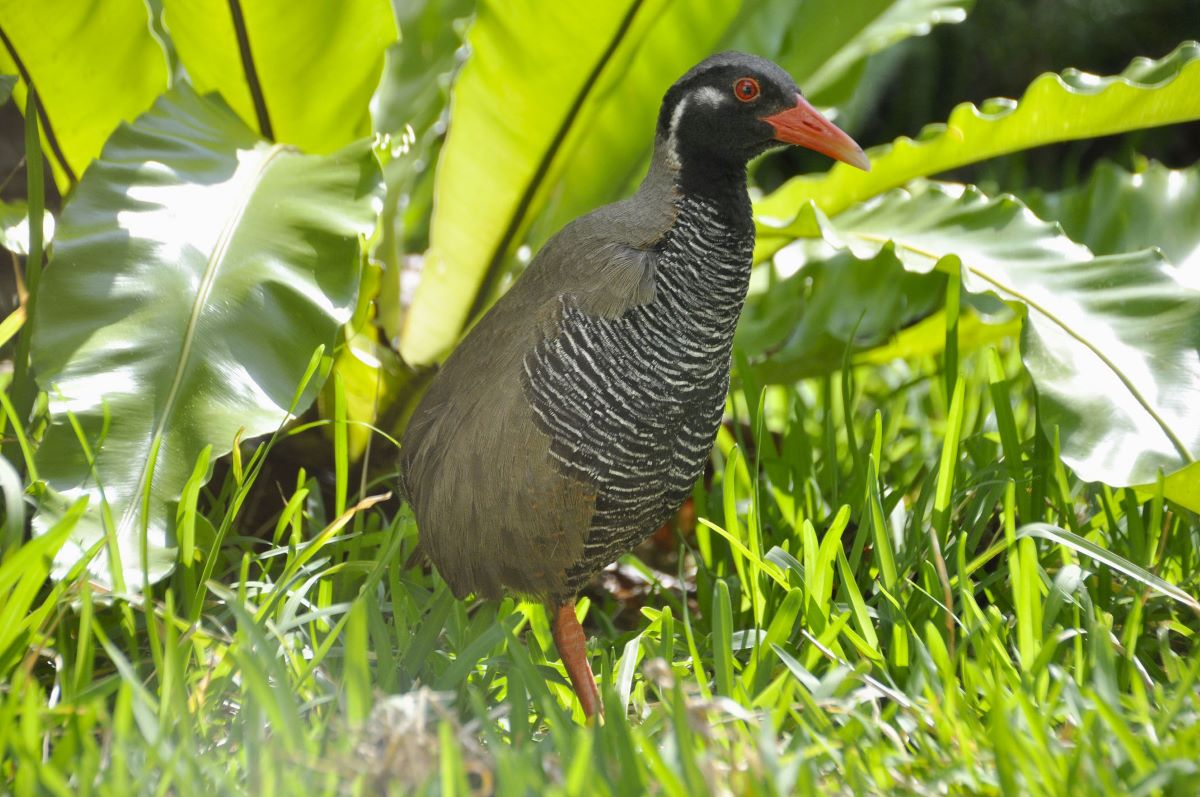
このページを 日本語 で読む
The National Institute for Environmental Studies (NIES), based in Tsukuba, Ibaraki Prefecture, is taking significant steps in the cryopreservation of the cells of endangered species. The aim is to create a conservation "time capsule" for the future.
In June 2023, the preservation facility, previously exclusive to Tsukuba, began operating in Okinawa Prefecture's Motobu town. Additionally, the Institute is crowdfunding to establish a similar facility in Hokkaido.
In Okinawa, NIES has already started preserving the reproductive cells of the Okinawa rail. Furthermore, it is collaborating with local research institutions to expand conservation endeavors for endangered species in the Nansei Islands. Meanwhile, in Hokkaido, the primary focus of cell preservation will be on birds of prey, including Steller's sea eagle.
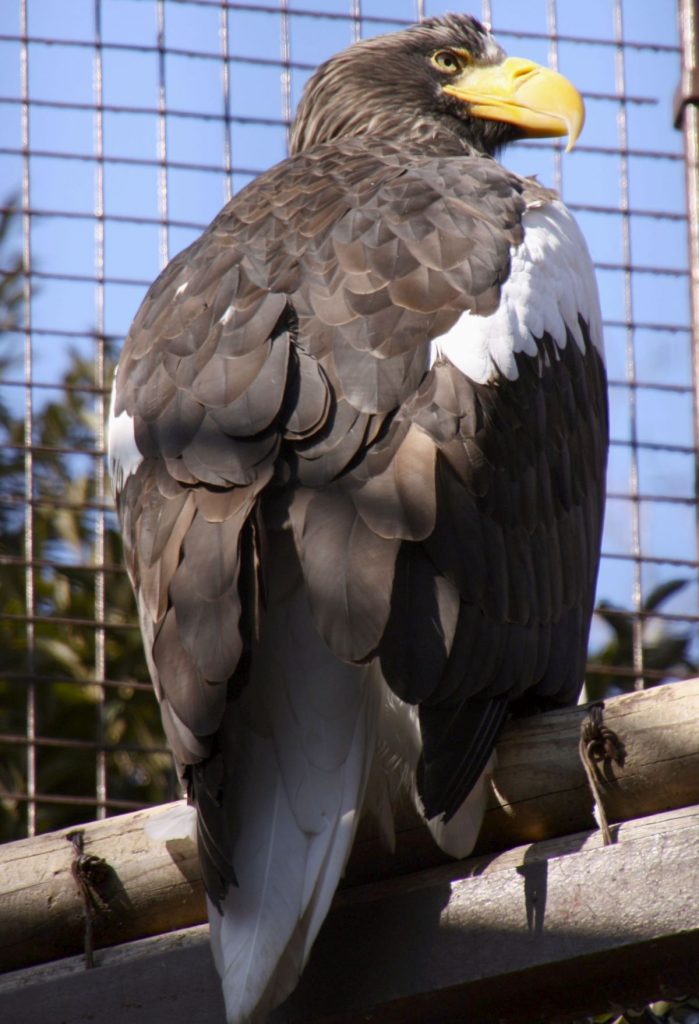
127 Species
The initiative also traces back to 2002. It is part of the Institute's commitment to conserving endangered wildlife on the "Red List" published by the Ministry of the Environment. As part of this initiative, NIES has been collecting cells from deceased wild animals, including roadkill, from across the nation. These cells are subsequently cultured and cryopreserved at facilities in Tsukuba City.
As of June 2023, the Institution has also preserved cells from 127 species. It has a particular focus on endangered species on the Red List.
このページを 日本語 で読む






